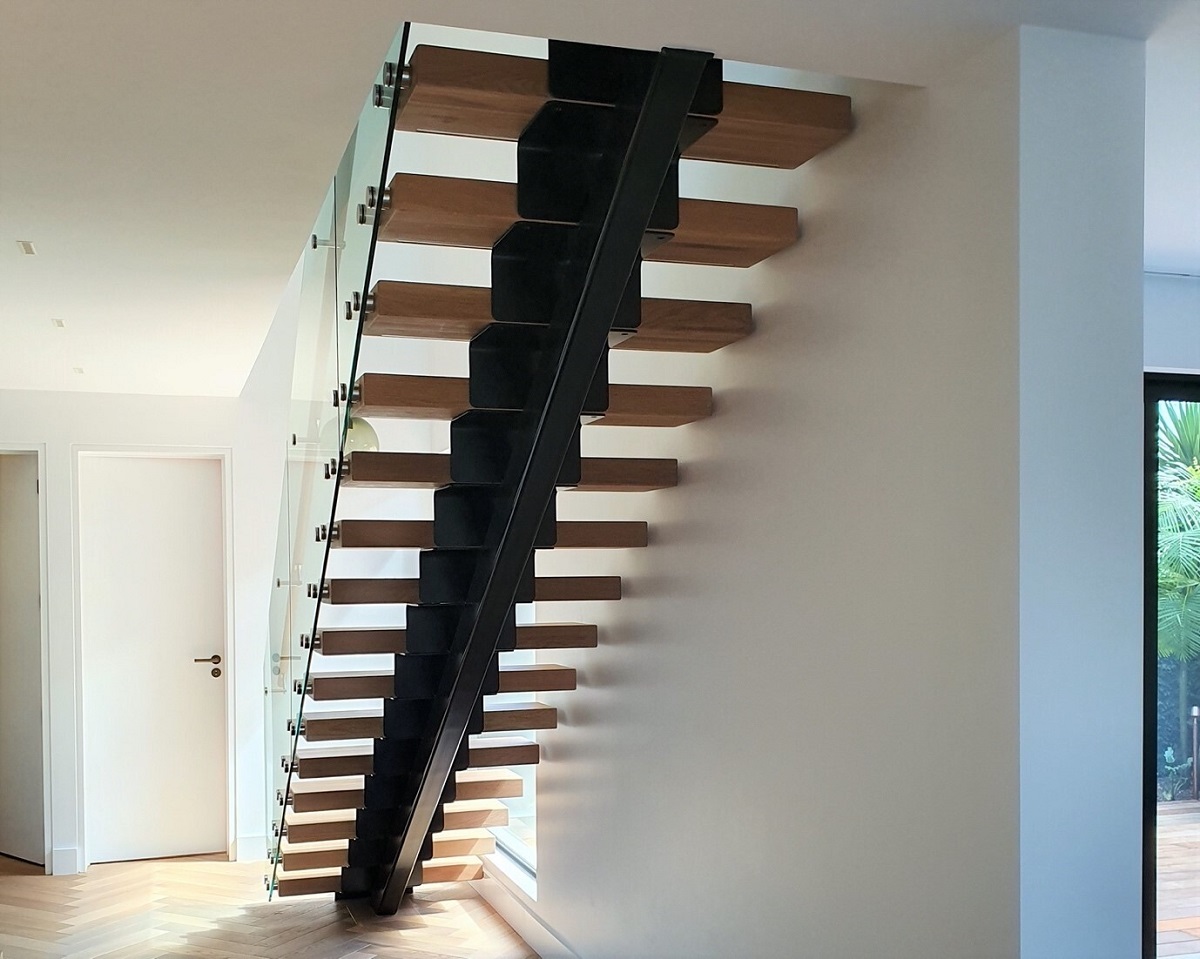

Articles
What Is Stringer On Stairs
Modified: December 7, 2023
Discover what a stringer on stairs is and how it impacts the overall structure. Read our informative articles to learn more!
(Many of the links in this article redirect to a specific reviewed product. Your purchase of these products through affiliate links helps to generate commission for Storables.com, at no extra cost. Learn more)
Introduction
When it comes to building a staircase, there are many elements to consider. One crucial component that plays a significant role in the overall structure and stability of the stairs is the stringer. The stringer, also known as the stringer board, is a vital part of staircase construction, as it provides support and stability to the steps.
A stringer is a long, sloping board that runs along the side of a staircase. It is typically made of wood, although metal stringers are also commonly used in modern construction. The primary function of a stringer is to support the weight of the treads and risers, distributing it evenly and preventing the stairs from sagging or collapsing. It acts as a backbone that holds everything together, ensuring that the staircase is structurally sound and safe to use.
Stringers are not only functional but also have a significant impact on the aesthetic appeal of the staircase. They can be seen from the side, adding visual interest and defining the overall design. Stringers can be left exposed for a more minimalist and contemporary look or covered with a decorative material to enhance the staircase’s elegance and sophistication.
Without stringers, stairs would simply be a collection of individual steps without any support or stability. This critical component allows people to navigate between different levels of a building efficiently and safely. Whether it’s a residential home, office building, or public space, stringers are integral to the functionality and design of staircases.
In the following sections, we will explore the different types of stringers, the materials used in their construction, the installation process, factors to consider when choosing stringers, common issues, and maintenance and repair techniques. By understanding the importance and intricacies of stringers, you can make informed decisions when it comes to building or renovating staircases.
Key Takeaways:
- Stringers are crucial for staircase stability, providing support and enhancing visual appeal. Understanding their importance and maintenance ensures a safe and elegant staircase for years to come.
- Choosing the right stringers and materials is essential for staircase construction. Consider design style, structural requirements, and maintenance to ensure a durable and visually appealing staircase.
Read more: How To Calculate Stair Stringers
Definition of Stringer
A stringer is a structural component of a staircase that provides support and stability to the steps. It is a long, sloping board that runs along the side of the staircase, connecting the treads (horizontal steps) and risers (vertical portions). Stringers are typically made of wood, although metal stringers are also commonly used in modern construction.
The stringer serves as the backbone of the staircase, distributing the weight of the treads and risers evenly and preventing the stairs from sagging or collapsing. It is responsible for transferring the load to the foundation or supporting structure, ensuring the staircase’s overall stability.
There are different types of stringers used in staircase construction:
- Closed stringers: Closed stringers are solid boards that have a triangular shape when viewed from the side. In this type, the treads and risers are housed within the stringer, providing a clean and finished look. Closed stringers offer more support and stability to the staircase but may be more challenging to build and install.
- Open stringers: Open stringers are constructed with notches or cutouts along the length of the stringer, leaving the treads and risers exposed. The design allows for a more open and visually light appearance. Open stringers are easier to construct and install but may not provide as much support as closed stringers.
- Sawtooth stringers: Sawtooth stringers are a variation of open stringers, characterized by their zigzag pattern. The design adds a unique visual element to the staircase, creating an interesting focal point. Sawtooth stringers are commonly used in contemporary and modern-style staircases.
Stringers are an essential component for both functional and aesthetic reasons. Besides providing support and stability, they also contribute to the overall design of the staircase. Stringers can be left exposed for a minimalist and modern look, or covered with decorative materials such as wood veneer, carpet, or metal cladding to enhance the staircase’s visual appeal.
Next, we will explore the importance of stringers on stairs and why they should be carefully considered when building or renovating staircases.
Importance of Stringer on Stairs
The stringer is a vital component of staircase construction, playing a crucial role in ensuring the stability, safety, and overall functionality of the stairs. Here are some key reasons why stringers are important:
- Structural support: The main function of stringers is to provide structural support to the staircase. They bear the weight of the treads and risers and distribute it evenly to prevent any sagging or collapse. Without stringers, the steps would be unstable and unsafe to use.
- Stability: Stringers enhance the stability of the stairs by connecting the treads and risers and creating a cohesive structure. They ensure that each step is securely anchored and aligned, reducing the risk of accidents or tripping hazards.
- Durability: Stringers help to increase the durability and longevity of the staircase. By providing robust support and distributing the weight effectively, they help prevent excessive wear and tear on individual steps. This ensures that the staircase remains in good condition for years to come.
- Aesthetic appeal: While primarily functional, stringers also contribute to the visual appeal of the staircase. They can be seen from the side and add visual interest and definition to the overall design. Stringers can be left exposed for a minimalist look or covered with decorative materials to enhance the staircase’s aesthetic appeal.
- Customization possibilities: Stringers offer flexibility in terms of design and customization. They can be tailored to match the style and character of the building or space. Stringers made from different materials, such as wood, metal, or glass, can be used to create various visual effects and complement the overall interior design.
Overall, the stringer is an indispensable component that ensures the structural integrity and safety of the staircase. It is essential to choose the right type of stringers and ensure proper installation to guarantee a stable and durable staircase that meets both functional and aesthetic requirements.
In the next section, we will explore the different types of stringers commonly used in staircase construction.
Types of Stringers
When it comes to staircase construction, there are several types of stringers to choose from, each with its own unique characteristics and visual appeal. The type of stringer you select will depend on various factors, including the design style, budget, and structural requirements. Here are three common types of stringers:
- Closed Stringers: Closed stringers, also known as housed stringers, are solid boards that have a triangular shape when viewed from the side. In this type, the treads and risers are inserted into notches cut into the stringer, creating a clean and finished look. Closed stringers provide maximum support and stability to the staircase and are a popular choice for traditional and classic designs. They offer a timeless and elegant appearance and can be made from various materials, including wood and metal.
- Open Stringers: Open stringers are constructed with notches or cutouts along the length of the stringer, leaving the treads and risers exposed. This design creates a more open and visually light appearance, making them ideal for contemporary and modern-style staircases. Open stringers are generally easier to construct and install compared to closed stringers. They offer flexibility in terms of design and can be customized with various materials and finishes to achieve the desired aesthetic.
- Sawtooth Stringers: Sawtooth stringers are a variation of open stringers that feature a zigzag pattern, resembling the teeth of a saw. This unique design adds a visually striking element to the staircase, making it a focal point of the space. Sawtooth stringers are commonly used in contemporary and industrial-style staircases, and they can be made from materials like wood, steel, or glass. They offer a modern and edgy look, and their geometric pattern can create interesting light and shadow effects.
It’s important to consider not only the visual appeal but also the structural integrity when choosing the type of stringer for your stairs. Closed stringers offer maximum support, stability, and durability, while open and sawtooth stringers provide a more contemporary and open feel. Additionally, the material used for the stringers, such as wood, metal, or glass, can further enhance the overall design and aesthetic of the staircase.
In the next section, we will explore the materials commonly used for stringers in staircase construction.
Materials Used for Stringers
When it comes to building stringers for staircases, various materials can be used, each with its own unique characteristics and aesthetic appeal. The choice of material will depend on factors such as budget, design style, and structural requirements. Here are some commonly used materials for stringers:
- Wood: Wood is a popular choice for stringers due to its natural beauty, versatility, and ease of customization. Different types of wood, such as pine, oak, maple, or mahogany, can be used based on the desired appearance and durability. Wood stringers can be left exposed for a more traditional and rustic feel or covered with decorative elements like wood veneer or paint for a more refined and elegant look.
- Metal: Metal stringers, typically made from steel or aluminum, are gaining popularity in modern staircase designs. Metal offers a sleek and contemporary aesthetic and provides excellent structural support. It is highly durable and resistant to wear and tear, making it a suitable choice for high-traffic areas. Metal stringers can be left exposed for an industrial look or finished with powder coating or other coatings to enhance durability and aesthetics.
- Glass: Glass stringers create a stunning and modern look, particularly in contemporary and minimalist designs. While not as common as wood or metal, glass stringers can add a unique touch of elegance and sophistication to a staircase. Tempered glass is used for its safety and durability, and it allows light to flow through, creating a visually open and spacious feel.
- Composite Materials: Composite materials, such as fiber-reinforced plastic (FRP) or engineered wood products (EWP), are also options for stringers. These materials offer a combination of durability, versatility, and lower maintenance compared to natural wood. Composite stringers often have a consistent appearance and are resistant to moisture, rot, and pests, making them suitable for outdoor and high-moisture environments.
When choosing the material for stringers, it’s important to consider factors such as the intended use of the staircase, the desired aesthetic, and the level of maintenance required. It’s also crucial to ensure that the chosen material meets local building codes and safety standards.
In the next section, we will explore the installation process of stringers on stairs.
When installing a stringer on stairs, make sure it is properly aligned and securely attached to the treads and risers. Use a level to ensure it is straight and plumb before securing it in place.
Read more: How To Make A Stringer For Stairs
Installation Process of Stringers
The installation of stringers is a critical step in building a staircase, as it ensures the structural integrity and stability of the stairs. While the specific process may vary depending on the design and materials used, here are the general steps involved in installing stringers:
- Measurements and Planning: Start by accurately measuring the space where the staircase will be installed. Determine the desired height, width, and angle of the stairs. Calculate the number of steps required and the dimensions of the treads and risers. Based on these measurements, plan the layout and positioning of the stringers.
- Prepare the Stringers: Cut the stringers according to the measured dimensions and desired design. Ensure that the cuts are precise and clean to ensure a proper fit. If using closed stringers, make notches or slots along the length of the stringer for housing the treads and risers.
- Position the Stringers: Place the stringers in the desired position, ensuring they are level and plumb. Use shims or adjustable brackets to align the stringers as needed. Secure the stringers to the supporting structure, such as the wall or floor, using screws, nails, or brackets.
- Attach the Treads and Risers: Install the treads (horizontal steps) and risers (vertical portions) onto the stringers. If using closed stringers, insert the treads and risers into the previously cut notches. Secure them using appropriate fasteners, such as screws or nails, ensuring a snug fit.
- Finishing Touches: Once the stringers, treads, and risers are installed, make any necessary adjustments and ensure that everything is level and secure. Apply any desired finish, such as staining or painting, to the stringers to enhance the aesthetic appeal and protect the wood.
It is important to ensure that the installation of stringers adheres to local building codes and safety regulations. If you are unsure about any aspect of the installation process, consult a professional contractor or carpenter to ensure a safe and sturdy staircase.
In the next section, we will discuss the factors to consider when choosing stringers for your stairs.
Factors to Consider When Choosing Stringers
Choosing the right stringers for your staircase is crucial to ensure both the structural integrity and aesthetic appeal of the stairs. Here are some important factors to consider when selecting stringers:
- Design Style: Consider the design style of the staircase and the overall aesthetics of the space. Decide whether you prefer a traditional, modern, or contemporary look. The stringers should complement the overall style and enhance the visual appeal of the staircase.
- Material: Determine the material you want for the stringers. Wood is a classic choice that offers warmth and versatility. Metal provides a sleek and modern look, while glass can create a sophisticated and open feel. Consider the durability, maintenance requirements, and cost of each material.
- Structural Requirements: Assess the structural requirements of the staircase. Consider factors such as the amount of foot traffic the stairs will endure, the weight-bearing capacity needed, and any specific design considerations for support and stability. Closed stringers typically offer more support than open stringers.
- Budget: Determine your budget for the staircase project. Different types of stringers and materials can vary in cost. Consider the long-term value and durability of each option in relation to your budget constraints.
- Installation Ease: Evaluate the complexity and ease of installing different types of stringers. Closed stringers may require more precision and skill during installation compared to open stringers. Consider your level of expertise and the availability of professional help if needed.
- Maintenance: Consider the amount of maintenance required for the chosen stringer material. Some materials may require regular staining, sealing, or cleaning to maintain their appearance and durability. Assess your willingness and ability to maintain the stringers over time.
By considering these factors and weighing the pros and cons of different stringer options, you can make an informed decision that aligns with your design preferences, budget, and structural requirements. It is also recommended to consult with a professional contractor or carpenter who can provide guidance and expertise specific to your staircase project.
In the next section, we will explore common issues that may arise with stringers on stairs.
Common Issues with Stringers on Stairs
While stringers are essential for the stability and functionality of stairs, they can experience certain issues over time. Being aware of these common issues will help you address them promptly and maintain the integrity of your staircase. Here are some common issues that can occur with stringers:
- Wood Decay: If stringers made of wood are not properly sealed or protected, they can be susceptible to decay. Moisture can penetrate the wood, leading to rot and compromising the structural integrity. Regular maintenance, such as sealing and painting, can help prevent wood decay.
- Cracks or Splits: Stringers made of wood may develop cracks or splits over time due to natural expansion and contraction or improper installation. Regular inspection and timely repairs can help address these issues before they worsen and affect the stability of the staircase.
- Sagging: Stringers may begin to sag or lose their shape due to excessive weight or inadequate support. This can result in uneven steps and potential safety hazards. Reinforcing the stringers with additional supports or consulting with a professional can help rectify the issue and restore the stability of the staircase.
- Loose Connections: Over time, the connections between the stringers and the treads or risers may become loose or weakened. This can lead to wobbling steps and instability. Regular inspection and tightening of fasteners can help prevent this issue and maintain the structural integrity of the staircase.
- Rust or Corrosion: If you have metal stringers, rust or corrosion can occur if they are exposed to moisture or not properly protected. This can weaken the stringers and compromise their stability. Regular cleaning, rust treatment, and applying protective coatings can help prevent rust and extend the lifespan of the metal stringers.
It is important to address any of these issues as soon as they are noticed to ensure the safety and longevity of the staircase. Regular maintenance and inspections, along with timely repairs, can help prevent these common issues and keep your stringers in excellent condition.
In the next section, we will discuss the maintenance and repair of stringers on stairs.
Maintenance and Repair of Stringers
Maintaining and repairing stringers is essential to ensure the longevity, stability, and safety of your staircase. Regular upkeep can help prevent issues and address any damage or wear before it becomes a significant problem. Here are some maintenance and repair tips for stringers on stairs:
- Regular Inspection: Inspect the stringers periodically to identify any signs of damage or wear. Look for cracks, splits, rot, loose connections, or rust. Addressing these issues early can prevent them from worsening and affecting the stability of the stairs.
- Cleaning: Keep the stringers clean by regularly removing any dirt, debris, or dust that may accumulate on them. Use a soft brush or cloth to gently wipe them down. Avoid using harsh cleaning agents or abrasive materials that can damage the surface or finish of the stringers.
- Sealing and Coating: If your stringers are made of wood, it is important to protect them with an appropriate sealant or coating. This will help prevent moisture penetration, wood decay, and prolong their lifespan. Follow the manufacturer’s recommendations for sealing and coating products.
- Repairing Cracks or Splits: If you notice any cracks or splits on the stringers, it is important to repair them promptly. Use wood filler or epoxy to fill in the damaged areas, following the manufacturer’s instructions. Sand and refinish the repaired areas for a seamless finish.
- Tightening Connections: Regularly check the connections between the stringers and the treads or risers. Tighten any loose screws or fasteners to ensure a secure and stable connection. Consider using quality hardware or brackets for added stability, if necessary.
- Addressing Rust or Corrosion: If you have metal stringers and notice any rust or corrosion, it is important to address it promptly. Remove the rust using steel wool or a wire brush, and apply a rust converter or rust inhibitor. Finish with an appropriate protective coating to prevent future rusting.
- Professional Help: For complex repairs or if you are unsure about how to address certain issues with your stringers, consider seeking the assistance of a professional contractor or carpenter. They can provide expertise and ensure that the repairs are done correctly and safely.
By following these maintenance and repair tips, you can extend the lifespan of your stringers and ensure the safety and stability of your staircase for years to come.
Next, we will conclude the article with a summary of the importance of stringers on stairs.
Read more: What Are Stringers In Construction
Conclusion
Stringers play a vital role in staircase construction by providing support, stability, and visual appeal. Whether you’re building a new staircase or renovating an existing one, understanding the importance of stringers is crucial to ensure the safety and longevity of the stairs.
Stringers come in various types, including closed stringers, open stringers, and sawtooth stringers, each offering unique design possibilities. The choice of material for stringers is also important, with options like wood, metal, glass, or composite materials. Consider factors such as design style, structural requirements, budget, and maintenance when selecting the material.
The installation process of stringers involves precise measuring, planning, positioning, and attaching of the treads and risers. Proper installation is crucial for the overall stability and safety of the staircase. Regular maintenance and prompt repair of common stringer issues, such as wood decay, cracks, sagging, loose connections, or rust, are essential to ensure the longevity and structural integrity of the stairs.
By considering these factors and following proper maintenance practices, you can enjoy a durable, aesthetically pleasing, and safe staircase for years to come. Remember to consult with professionals if needed, particularly for complex repairs or if you are unsure about any aspect of the process.
Whether it’s for a residential, commercial, or public space, stringers are an integral part of staircase construction. They provide the necessary support and stability while adding a touch of elegance to the overall design. Understanding the importance of stringers allows you to make informed decisions during the staircase building or renovation process, resulting in a functional and visually appealing staircase.
So, when it comes to staircases, don’t overlook the significance of stringers – they are the backbone that holds everything together, ensuring a safe and beautiful ascent and descent between different levels.
Frequently Asked Questions about What Is Stringer On Stairs
Was this page helpful?
At Storables.com, we guarantee accurate and reliable information. Our content, validated by Expert Board Contributors, is crafted following stringent Editorial Policies. We're committed to providing you with well-researched, expert-backed insights for all your informational needs.
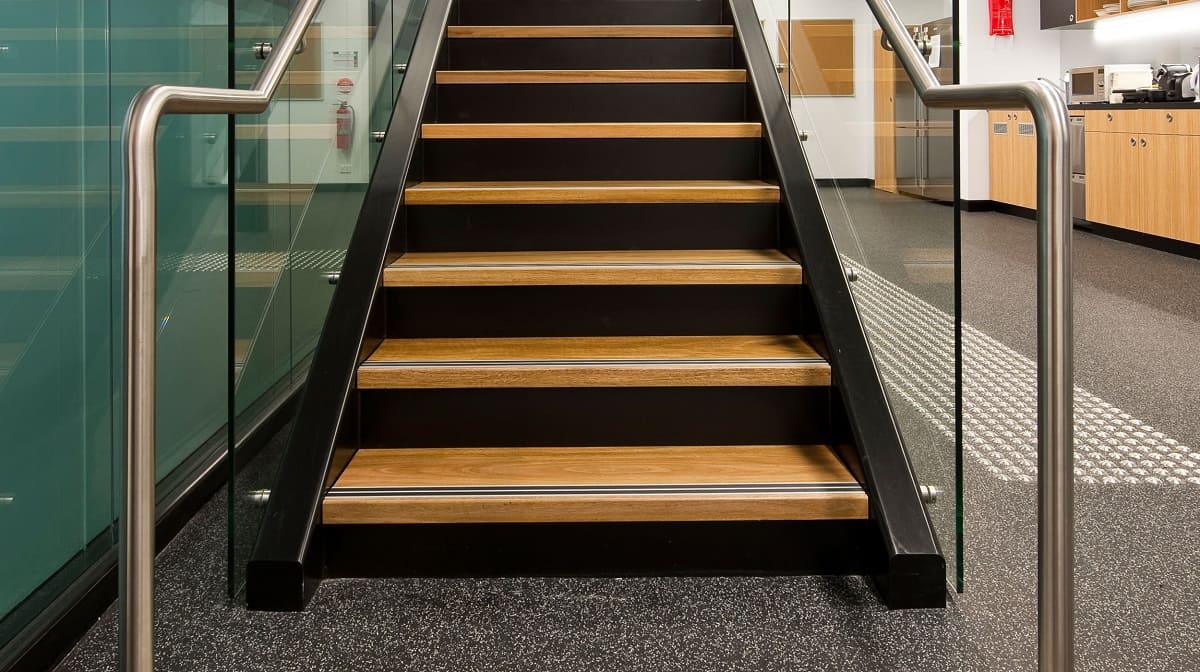
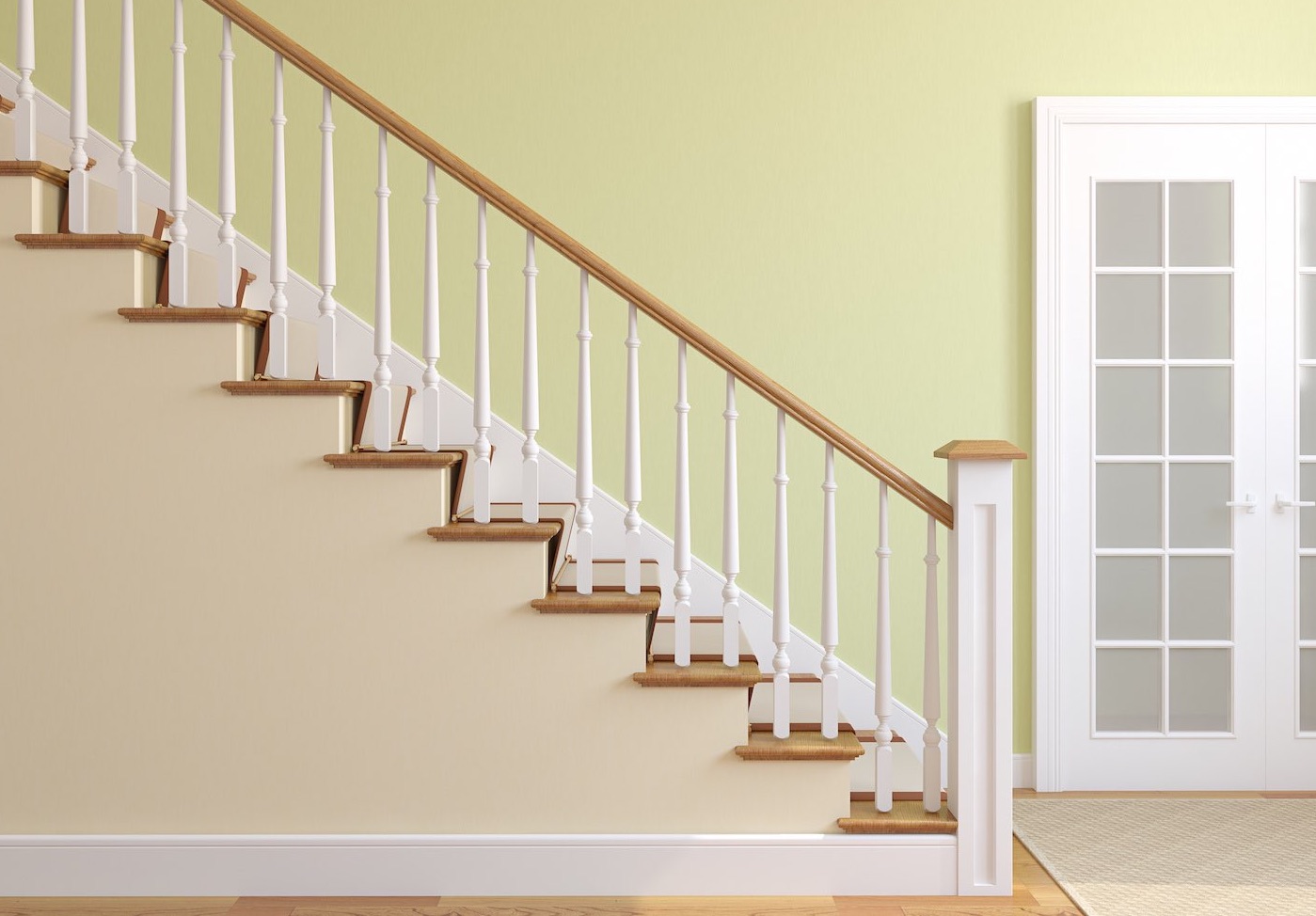

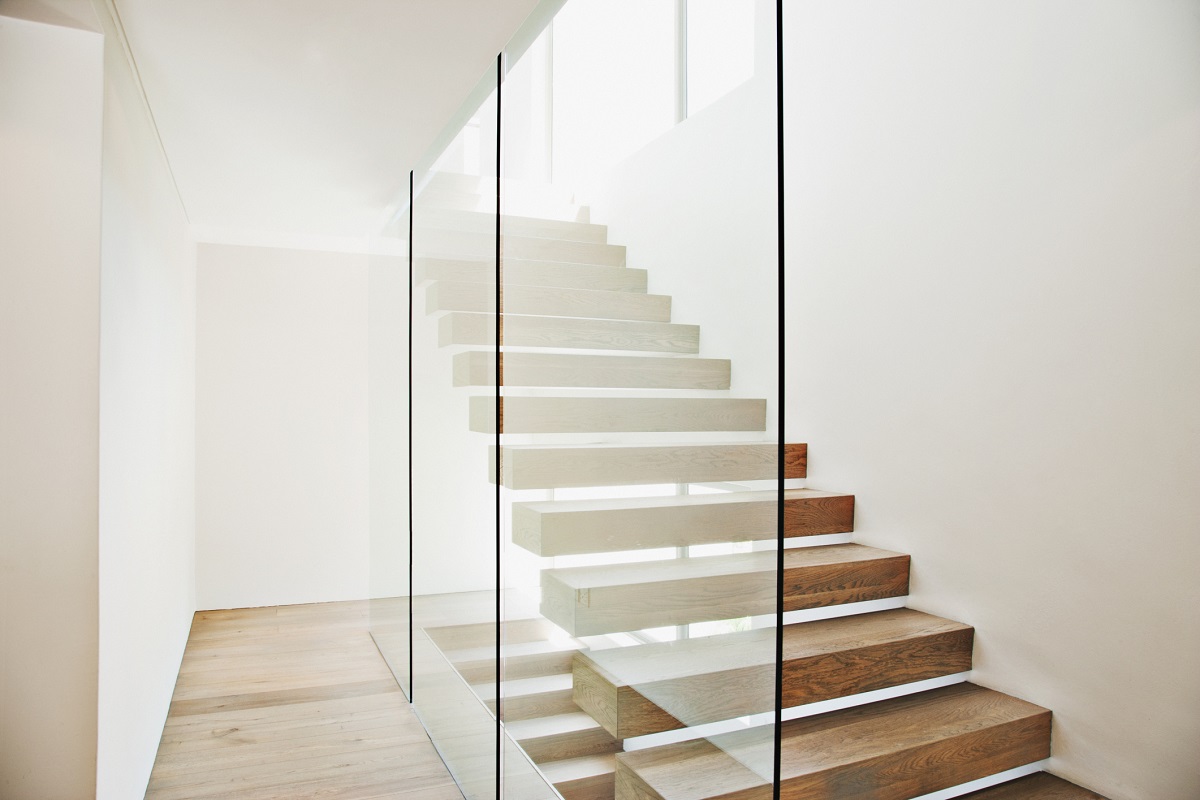
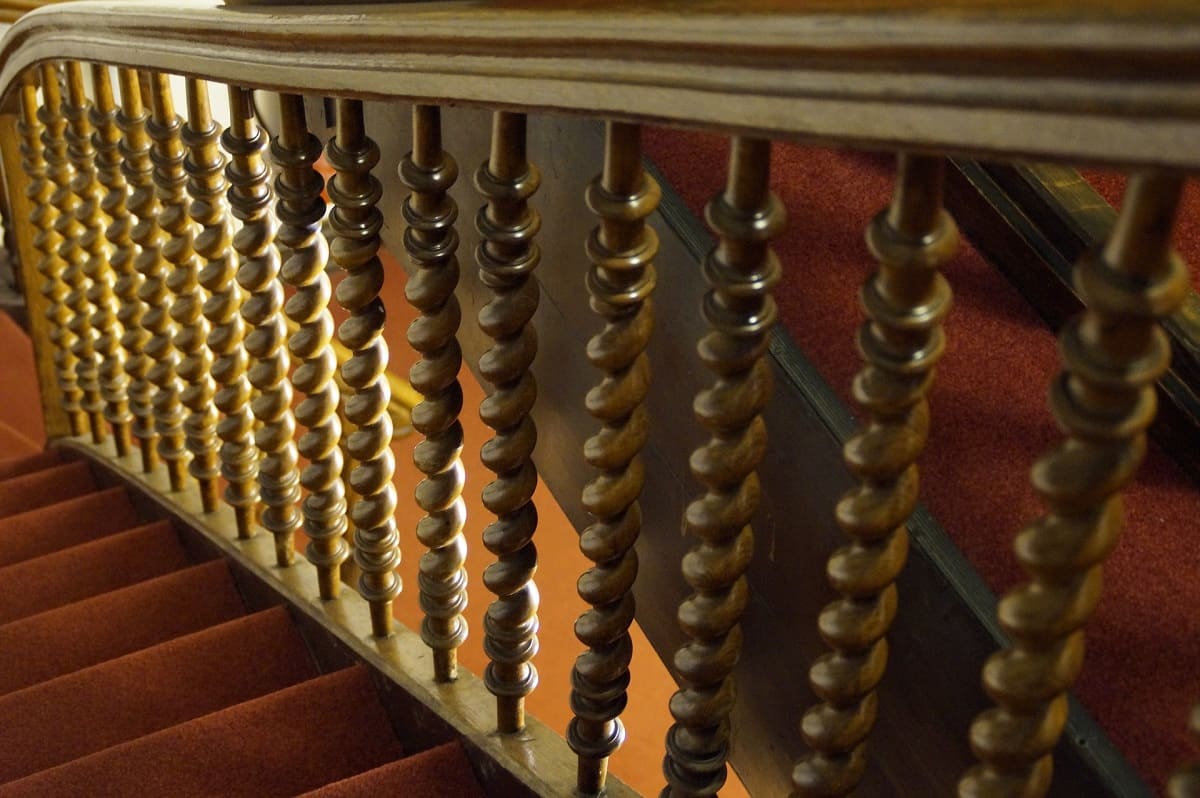
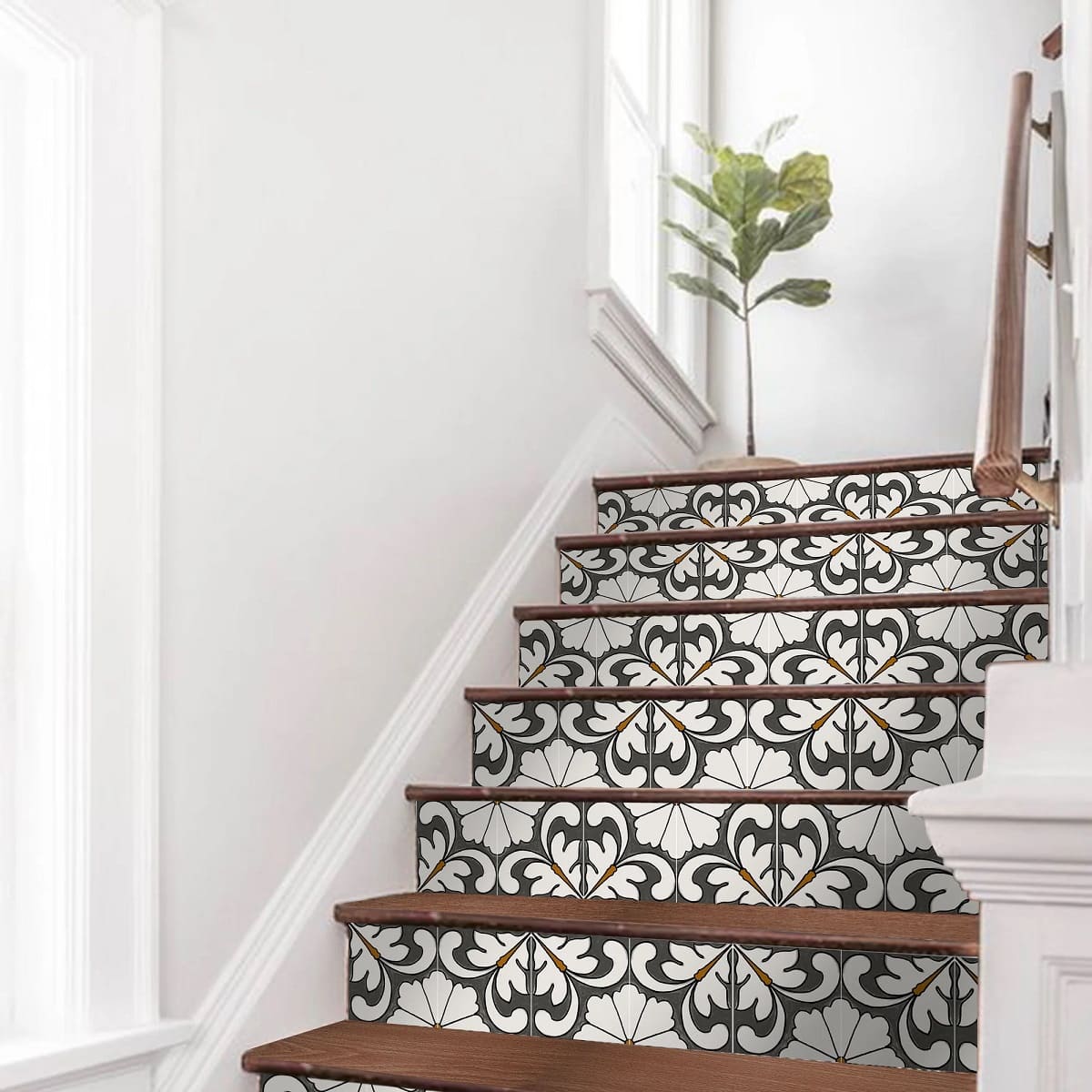
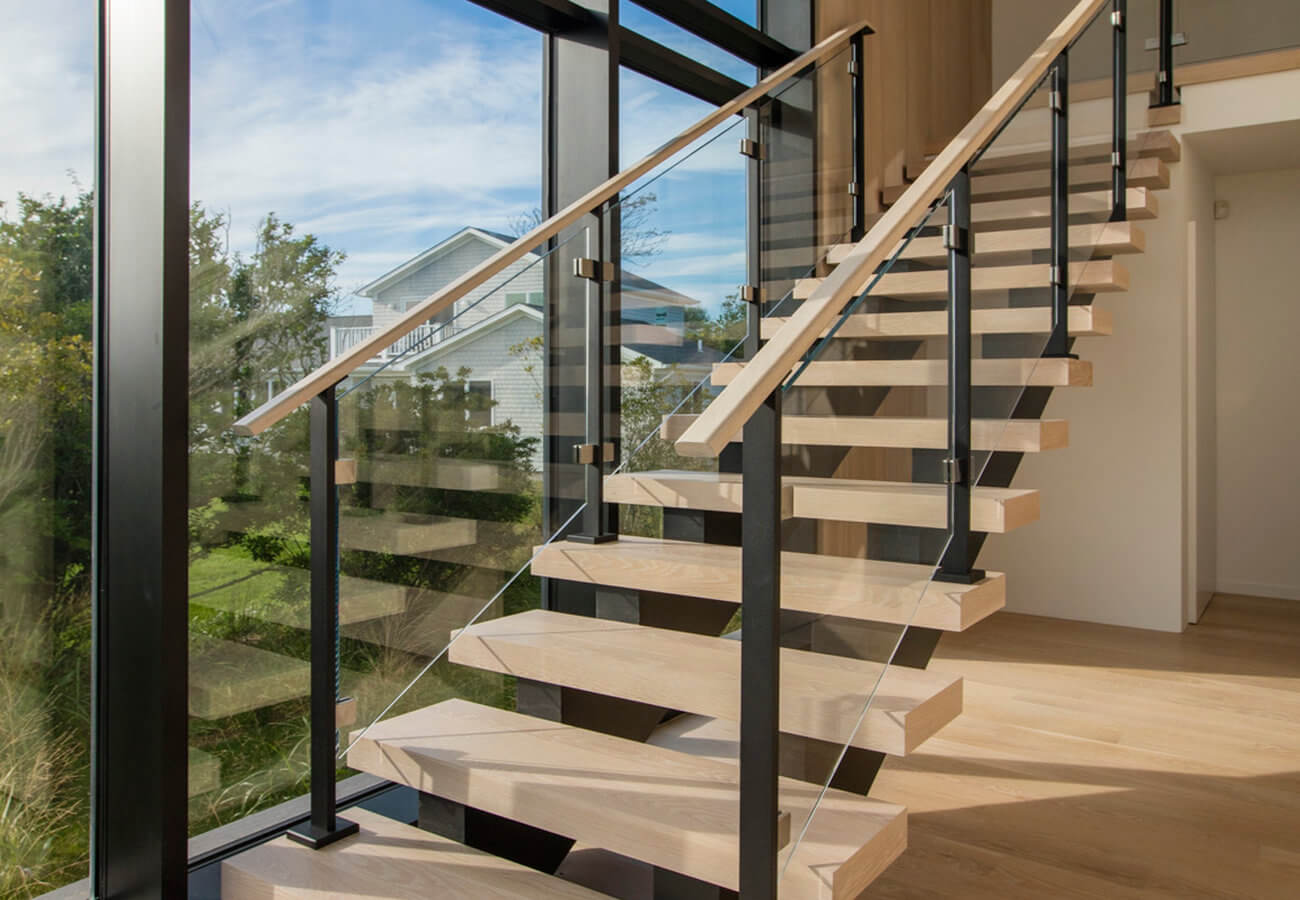

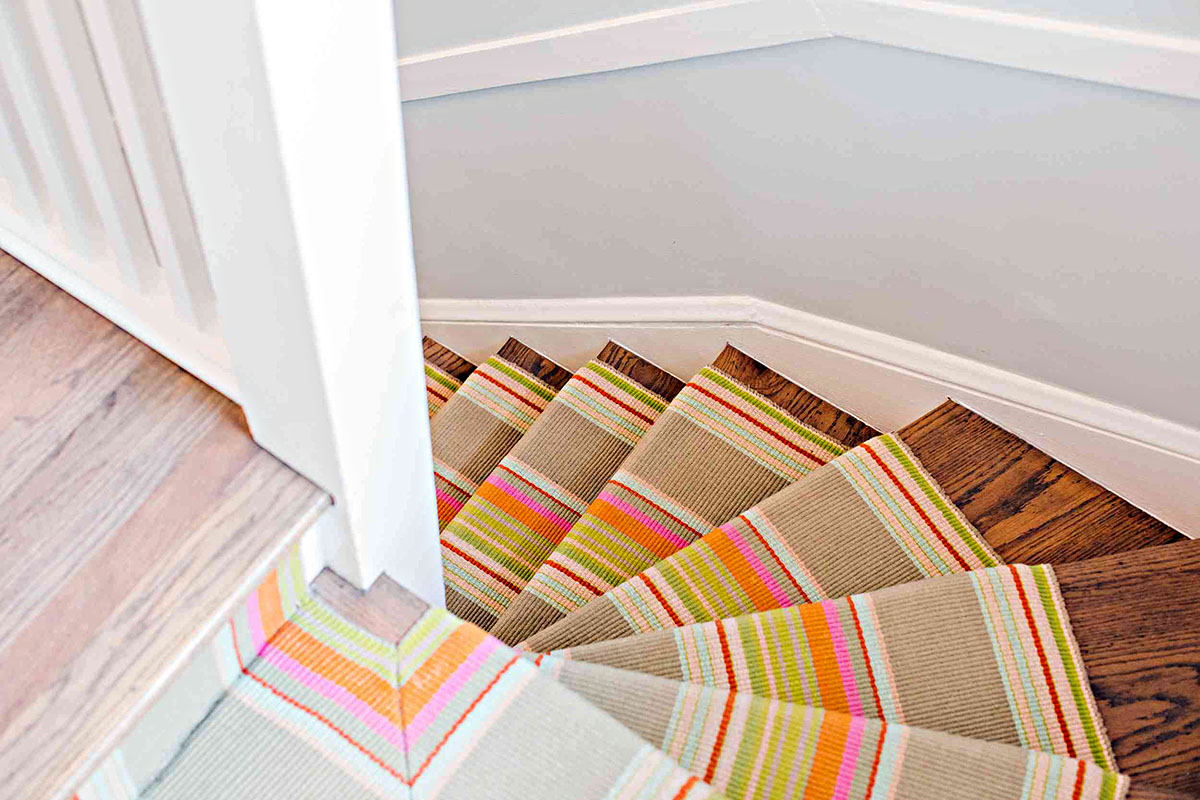
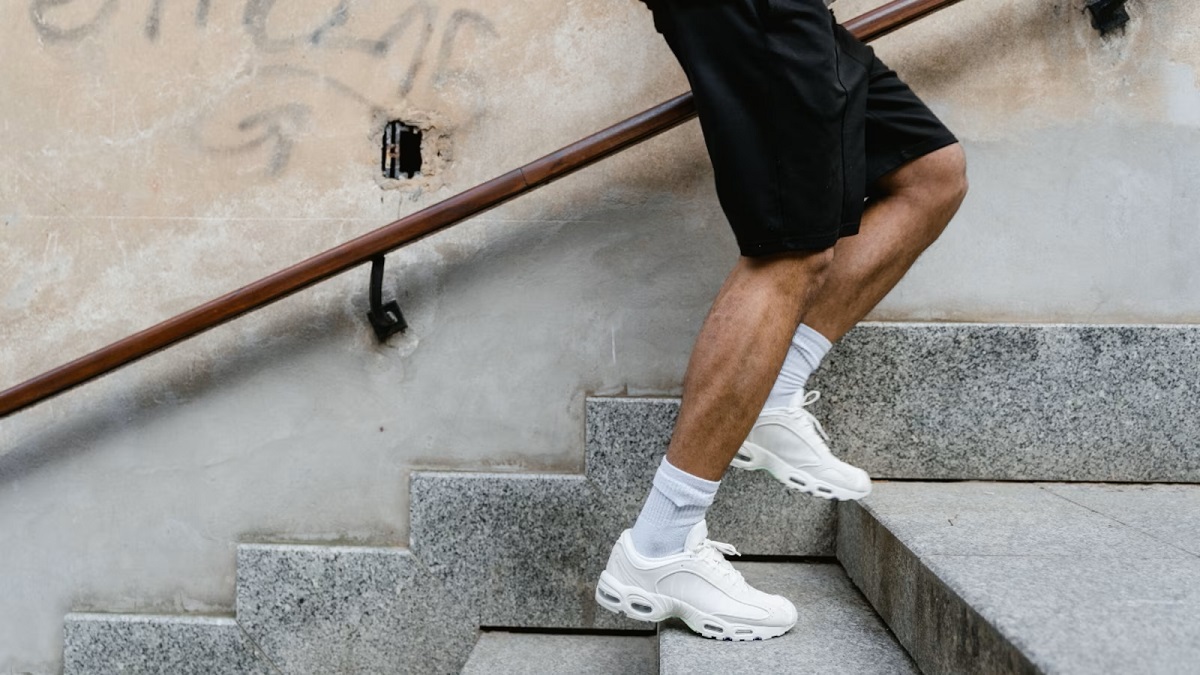
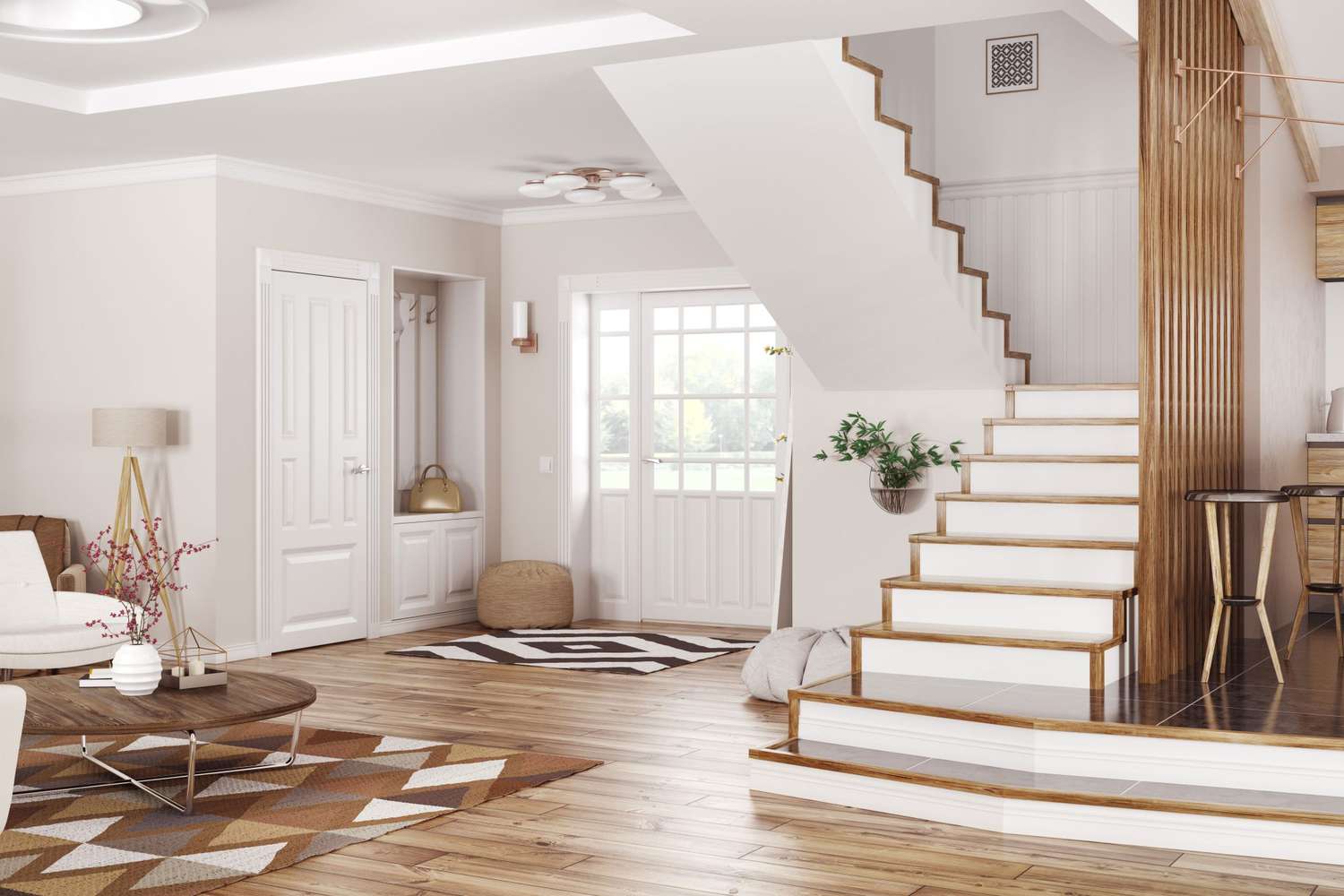
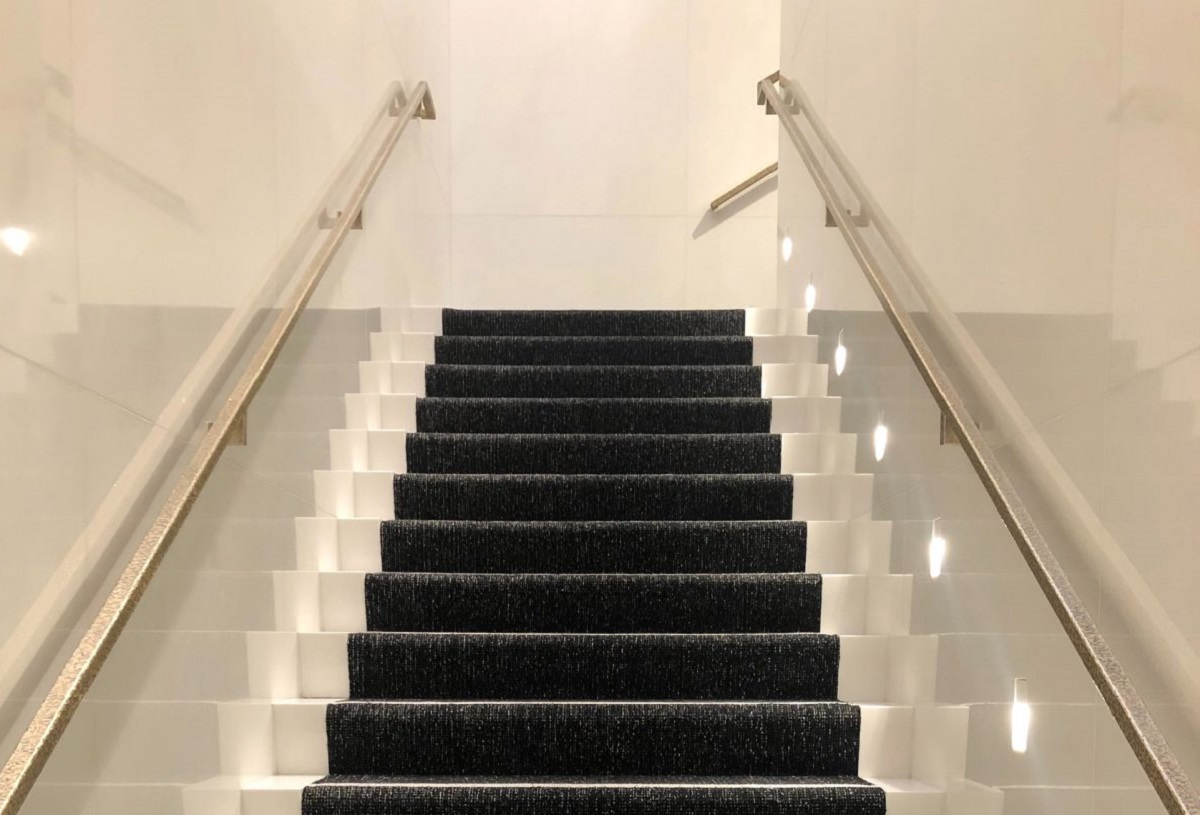
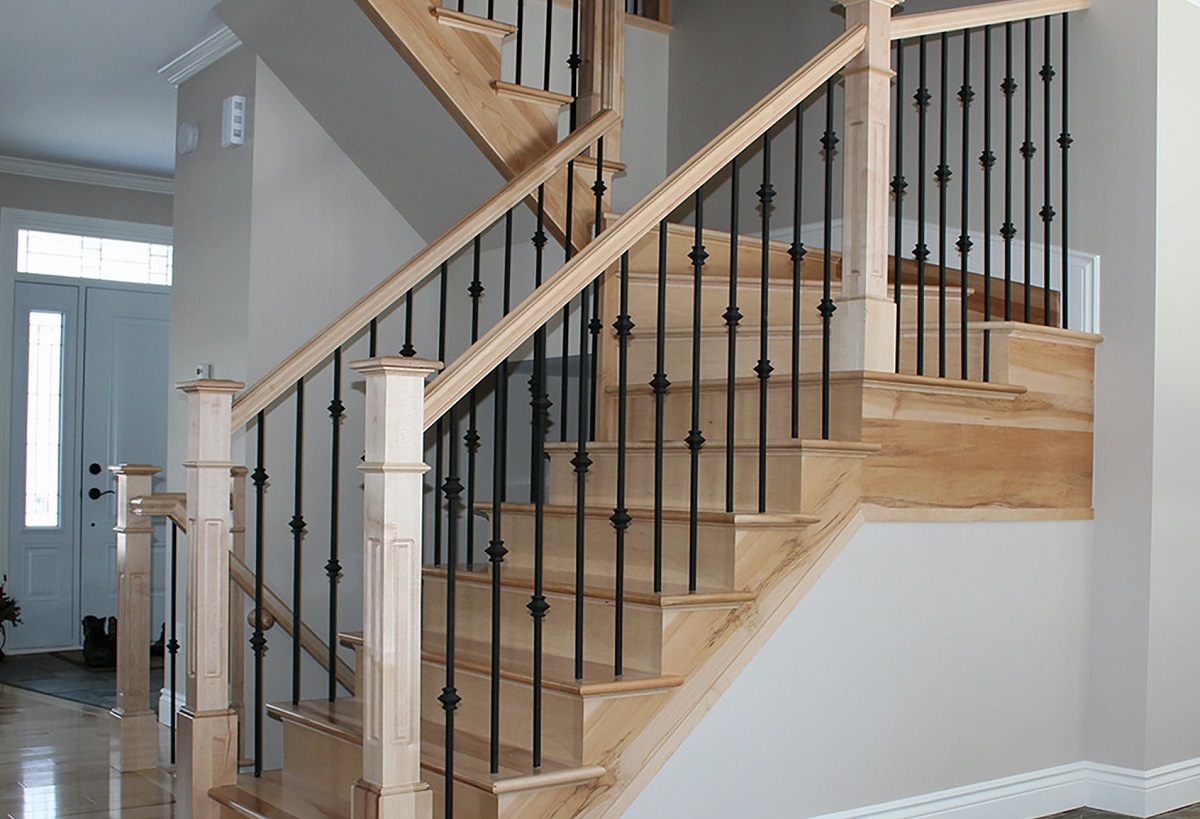

0 thoughts on “What Is Stringer On Stairs”